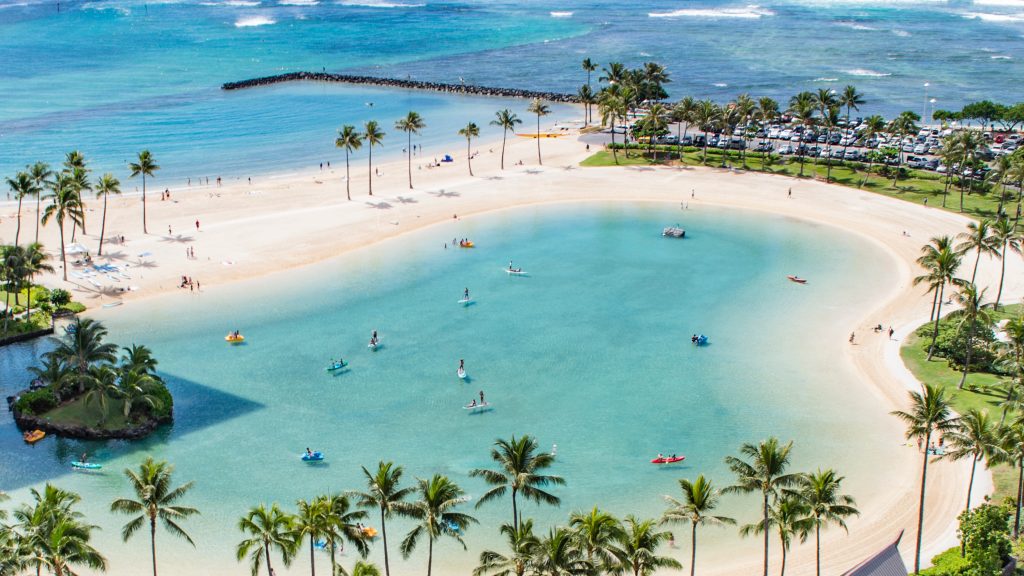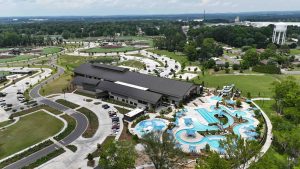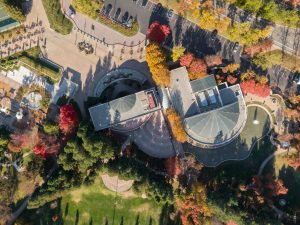Image courtesy of Andrew Ruiz on Unsplash
Imagine this – a public pool that is not only free for everyone but is also chemical-free, environmentally friendly, and allows people to swim and splash around without any worries. Yes, it is possible to create such a pool, and we are here to share the steps you can take to build a naturally free public pool that is safe, healthy, and enjoyable for everyone. Oh, and as an added bonus – The Sports Facilities Companies offers aquatic center management services that can help you take care of such a pool without any stress or hassle.
First things first, what is a naturally free public pool? It is a pool that doesn’t rely on chemical disinfectants such as chlorine but instead uses natural, physical, and biological filtration processes to keep the water clean and clear. The most common example of a naturally filtered pool is a natural swimming pool or a natural pond, which consists of a swimming area and a regeneration area. In the regeneration area, aquatic plants, bacteria, and other microorganisms are installed and act as a natural filter for the water. Regeneration areas are typically hidden from swimming areas or blended in with the pool’s rock areas or foliage.
Download our Cedar Point Sports Center Case Study
Now, let’s dive into the steps to create a naturally free public pool:
Location:
The location of the pool is crucial. Choose a spot with abundant sunlight, away from trees to avoid leaf debris, and with sufficient space to create the regeneration area. Make sure the soil is suitable for excavation and can hold water.
Design:
The design of the pool depends on the location, size, shape, and the number of people you expect to visit. Consult with a natural pool designer or an expert to help you design the pool that meets your requirements and fits the natural surroundings.
Build:
The construction of the pool involves excavation, installation of the pool liner, and creation of the regeneration area. Ensure that the pool liner is of high quality, non-toxic, and eco-friendly.
Plant regeneration:
The regeneration area is crucial to the pool’s natural filtration process. Plant native aquatic plants, such as water lilies, cattails, and rushes, which absorb nutrients and oxygenate the water. Introduce beneficial bacteria and other microorganisms to assist the biological filtration process.
Maintenance:
Like any other pool, the naturally free public pool requires maintenance to ensure longevity and safe swimming conditions. Regularly monitor the water temperature, pH level, and clarity. Remove any dead leaves, debris, and algae. Prune and replant plants as necessary. And, most importantly, do not use any chemicals that can harm the natural filtration process.
Creating a naturally free public pool may seem like a daunting task, but with proper planning, consultation, and execution, it can be a reality. Such a pool can be a great addition to any aquatic center, water park, or public area, providing people with a free, safe, and environmentally friendly way to cool off and enjoy the water. And when it comes to taking care of such a pool, SFC offers aquatic center management services that can help you save time, and resources, and ensure that the pool is managed professionally from start to finish. Are you ready to take the plunge and create a naturally free public pool?






